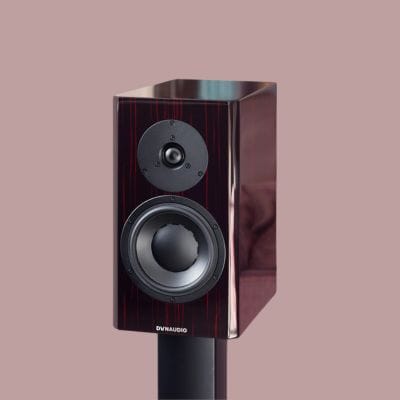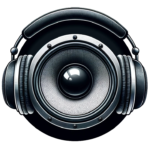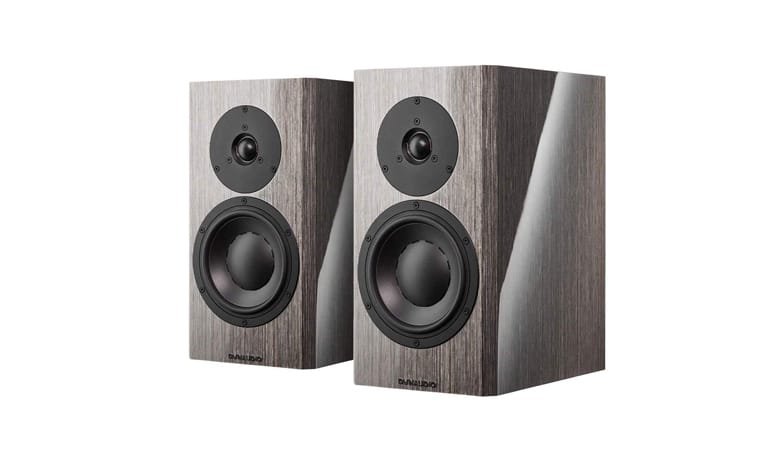Dynaudio Special Forty Bookshelf Speakers Review
First Impressions
The moment I laid my eyes on my new Dynaudio speakers, I was hit with a wave of excitement. I’d heard so much about these special edition 40s, and I was thrilled to finally have a pair of my own. My previous desktop speakers, the generally well-reviewed KEF LS50, were good, but I knew from the outset that I wouldn’t be 100% satisfied until I owned the Dynaudio Special 40 speakers. These sleek bookshelf-sized speakers make an impressive visual statement, but to me, the sound they promised was the real selling point.
Navigating the Setup
Despite my enthusiasm, setting up the speakers was a bit of a struggle. For a few months, I tried configuring the speakers in two rooms with three different high-quality amplification setups. Their performance occasionally impressed me; they delivered a good amount of bass for their size, but overall, the speakers left me feeling somewhat underwhelmed.
Their imaging strangely seemed to be indistinct unless pulled far into the room. I was looking for space-saving monitors, yet I had to sacrifice that space for ideal sound quality. The soundstage felt narrowed unless the speakers were pointed directly at me — a factor I knew wouldn’t be practical in the long run.
A Review of the Sound Quality
Once powered up, I found that the sound of these speakers was as clear as a bell, though a bit thinner and narrower than I was used to. A reviewer on a forum I frequent had warned me that bookshelf speakers, in general, can tend to deliver a less robust sound when pitched against floor-standing speakers and that seemed to be the case with these Dynaudio Special 40s as well.
Although they certainly can carry a tune, perhaps just not to the extent that I had expected. Despite this, when I paired them correctly with a class-A amplifier, I did manage to coax an impressive performance out of them.
The Impact of Amplifier Pairing
What surprised me was how much of a difference the type of amplifier you pair with these speakers can make. I got the best results from a Luxman 590 AXII class A amp, which provided the required current for a rich, detailed sound. I also tried them out with a tube amp and a PS Audio Sprout 100, and both seemed to pair decently with the Dynaudio speakers, though their performance was not on par with the Luxman.
Thus, it’s safe to say that if you decide to make these speakers part of your setup, you should also be prepared to invest in a suitable amplifier.

High-Quality Cables and Appearance
Another factor to consider is the cables. When I swapped out my usual wires for higher-end cables, I was amazed by the improvement in the sound. In my opinion, the quality of cabling is something not to skimp on when using these speakers.
The Red and Grey versions also have a professional yet fun aesthetic that can make a statement in any room. Even beyond their appearance, they are nicely put together. A lot of attention to detail has been paid to these special edition speakers.
Pros:
- It delivers a good amount of bass for bookshelf speakers
- Clear sound quality
- High-quality construction
- Attractive aesthetic
Cons:
- It is more expensive than other similar bookshelf speakers
- Setup can be complicated and time-consuming
- The sound sometimes feels thin and narrow
- Requires high-quality amplifier for optimum sound
Final Verdict
My review of the Dynaudio would be that while these speakers may not be perfect, they are an impressive addition to any music lover’s setup. The speakers had a magical midrange, solid bass foundation, and sweet, extended treble. They produced an air-filled, rich, detailed sound that was never harsh or fatiguing.
They offer an enjoyable, room-filling sound experience when set up and powered correctly. However, I believe that their performance would have been elevated if they were easier to set up and were better value for money.



